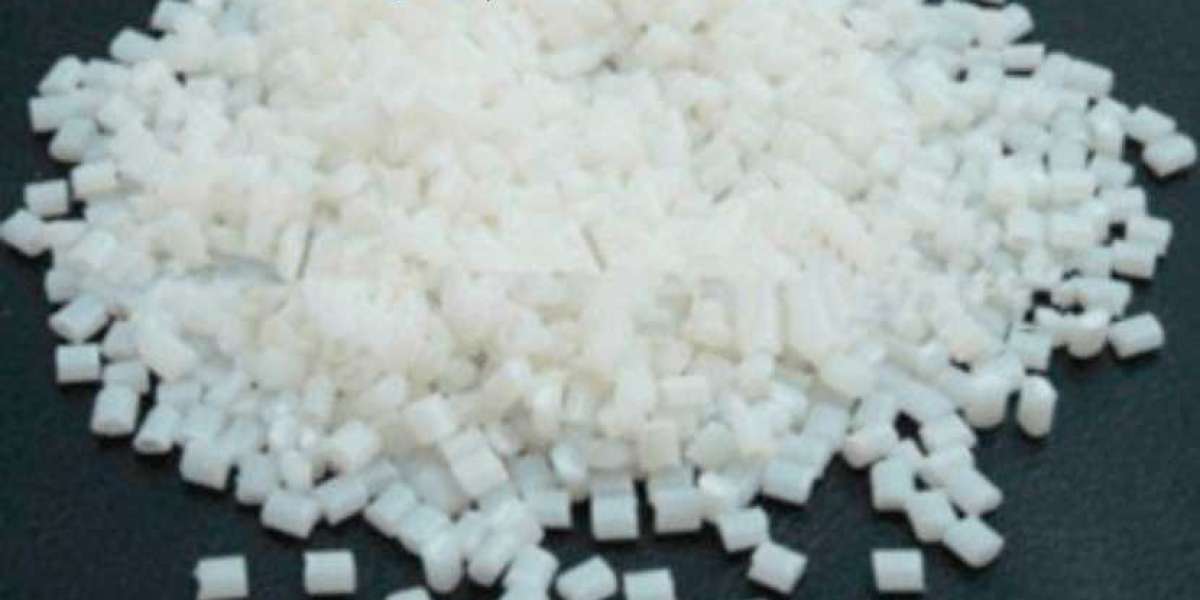The global formaldehyde market stood at a volume of approximately 22,780 KT in 2023 and is projected to grow at a CAGR of 3.40% between 2025 and 2034, reaching around 30,510 KT by 2032. Similarly, the Acrylonitrile market is experiencing robust growth due to its widespread applications in plastics, synthetic fibers, rubber, and specialty chemicals. As industries strive for sustainability and advanced polymer materials, acrylonitrile continues to be a critical component in high-performance products, driving market demand globally.
Understanding Acrylonitrile
What is Acrylonitrile?
Acrylonitrile is a colorless, volatile organic compound with high reactivity, primarily used as a raw material in the production of Acrylonitrile Butadiene Styrene (ABS), Styrene Acrylonitrile (SAN), acrylic fibers, and nitrile rubber. It is synthesized through the ammoxidation of propylene, making it a key industrial chemical.
Get a Free Sample Report with Table of Contents@ https://www.expertmarketresearch.com/industry-statistics/acrylonitrile-market/requestsample
Key Applications of Acrylonitrile
- Acrylonitrile Butadiene Styrene (ABS) Resin: Used in automotive parts, consumer electronics, and appliances.
- Acrylic Fibers: Essential in textiles, carpets, and apparel.
- Nitrile Rubber: Applied in automotive seals, medical gloves, and industrial hoses.
- Styrene Acrylonitrile (SAN): Found in food containers, cosmetics packaging, and laboratory equipment.
- Adiponitrile Production: Used in the synthesis of nylon 6,6 for automotive and industrial applications.
Market Trends and Growth Drivers
1. Growing Demand for ABS in Automotive and Electronics
- ABS resin is a crucial thermoplastic used in automotive interiors, bumpers, and structural components.
- Increasing demand for lightweight and durable materials in electric vehicles (EVs).
- Growth in consumer electronics, including laptops, smartphones, and home appliances, is boosting ABS consumption.
2. Expansion of Acrylic Fiber Applications
- Rising textile industry demand is driving the use of acrylic fibers in clothing and home furnishings.
- Growing preference for synthetic fibers over natural fibers due to cost efficiency and durability.
- Expansion of carpet and upholstery manufacturing is supporting acrylic fiber growth.
3. Sustainability and Bio-Based Acrylonitrile Development
- Research into bio-based acrylonitrile from renewable sources is gaining traction.
- Circular economy initiatives aim to recycle and repurpose acrylonitrile-based polymers.
- Regulations encouraging low-emission acrylonitrile production to reduce environmental impact.
4. Rising Demand for Nitrile Rubber in Medical and Industrial Applications
- The COVID-19 pandemic accelerated demand for nitrile gloves in the medical sector.
- Increased usage of nitrile rubber in automotive gaskets, seals, and belts.
- Chemical and oil-resistant properties make nitrile rubber a preferred material in industrial applications.
5. Technological Advancements in Acrylonitrile Production
- Adoption of low-energy and low-carbon production technologies.
- Improvements in catalyst efficiency for higher yield and reduced emissions.
- Expansion of process automation for safer and more cost-effective acrylonitrile synthesis.
Challenges in the Acrylonitrile Market
1. Volatility in Raw Material Prices
- Acrylonitrile production relies on propylene, a derivative of crude oil and natural gas.
- Fluctuations in oil prices impact production costs and market pricing.
- Investment in alternative feedstocks to reduce dependency on fossil fuels.
2. Environmental and Safety Concerns
- Acrylonitrile is toxic and highly flammable, requiring strict handling and transportation regulations.
- Compliance with environmental laws on acrylonitrile emissions and hazardous waste disposal.
- Research into safer production and storage methods.
3. Competition from Alternative Polymers
- Growth in polycarbonate (PC), polyesters, and bioplastics as substitutes for ABS and SAN.
- Increasing interest in biodegradable polymers and sustainable textiles.
- Ongoing innovation in composite materials competing with acrylonitrile-based products.
Future Outlook and Market Projections
Global Market Forecast (2024-2032)
The acrylonitrile market is expected to grow at a CAGR of 5.0% from 2024 to 2032, driven by:
- Expanding applications in automotive, electronics, and textiles.
- Growing investment in sustainable and bio-based acrylonitrile production.
- Rising demand for nitrile rubber in medical and industrial applications.
Regional Insights
- Asia-Pacific: The largest and fastest-growing market, with China, India, and Japan leading in acrylonitrile production and consumption.
- North America: Strong demand for ABS, SAN, and synthetic rubber in automotive and medical sectors.
- Europe: Focus on recyclable acrylonitrile polymers and sustainability compliance.
- Middle East Latin America: Increasing chemical manufacturing investments and industrial expansion.
Key Industry Players
Leading companies shaping the acrylonitrile market include:
- INEOS Group
- Asahi Kasei Corporation
- Sumitomo Chemical Co., Ltd.
- Ascend Performance Materials
- Formosa Plastics Corporation
- Sinopec Group
- Mitsubishi Chemical Corporation
Conclusion
The Acrylonitrile market continues to expand, driven by rising demand for high-performance polymers, synthetic fibers, and industrial applications. While challenges such as raw material price fluctuations and environmental concerns persist, technological advancements, sustainable production methods, and increasing applications in emerging industries are shaping the market’s future.
Companies investing in bio-based alternatives, energy-efficient production techniques, and innovative polymer solutions will remain competitive. As industries transition toward sustainable and high-performance materials, acrylonitrile remains a crucial component in global manufacturing and advanced polymer development.







